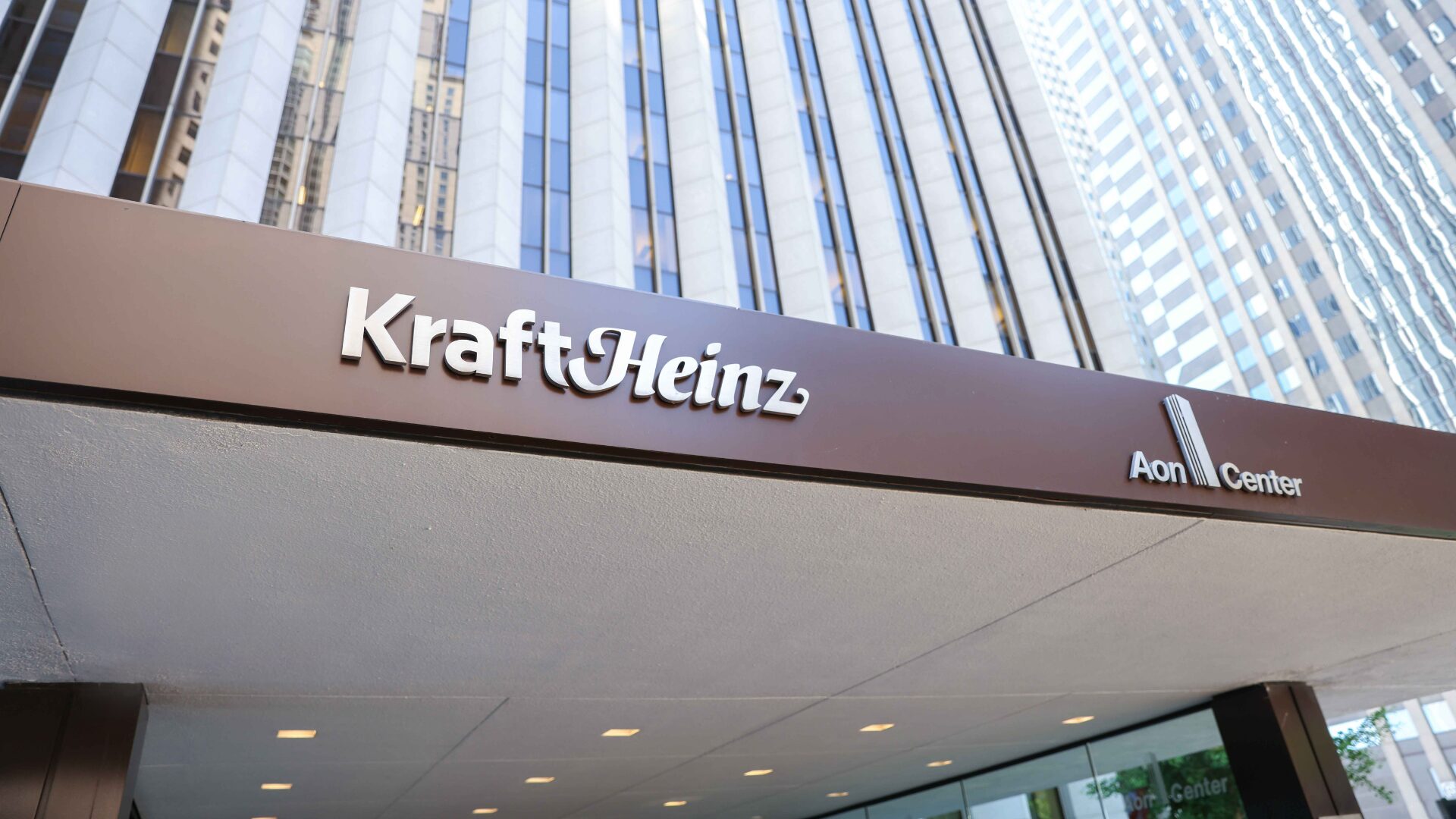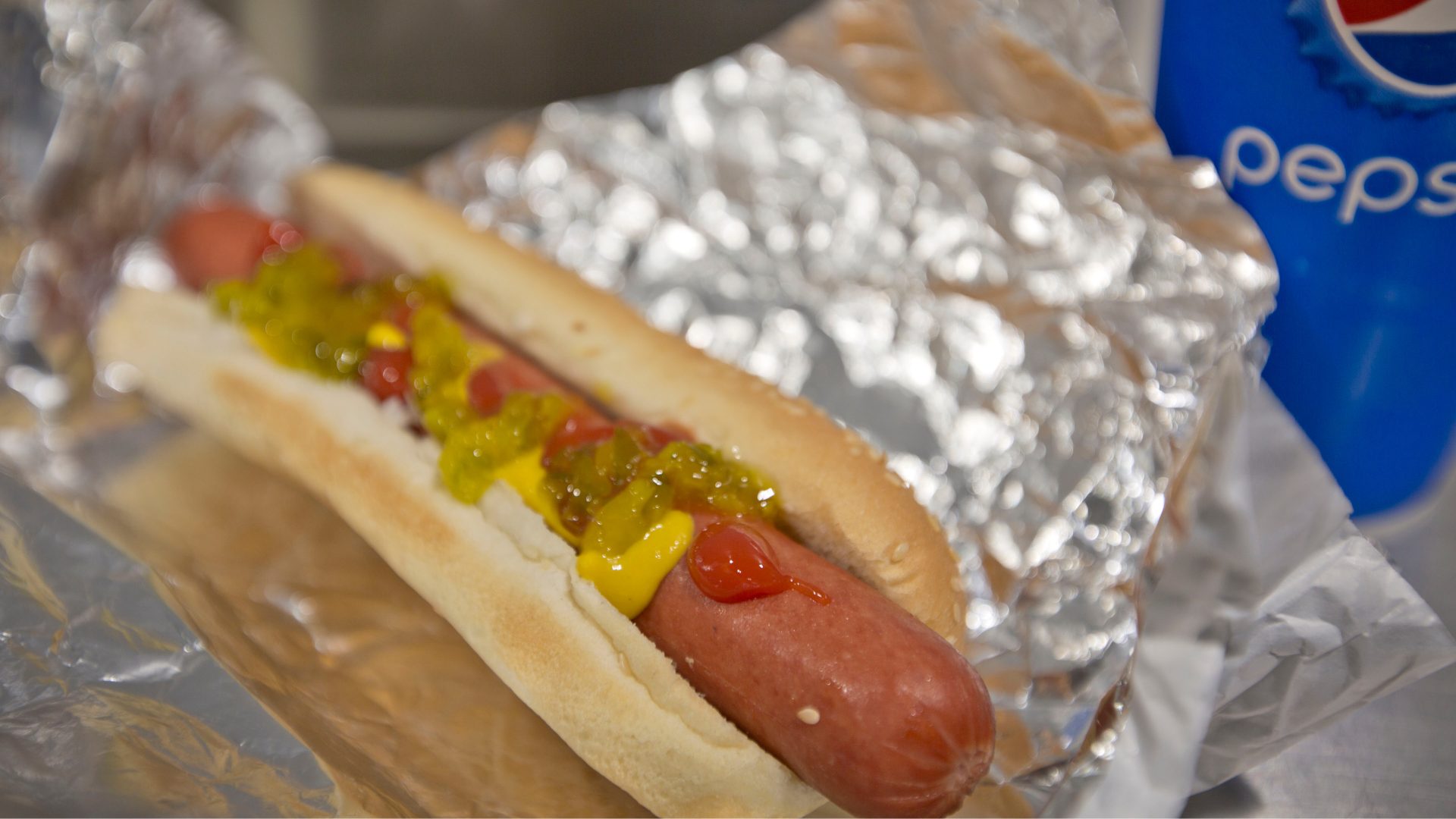In the first quarter earnings report from Kraft Heinz, released Tuesday, one metric jumps off the page. In the company’s North America segment, organic volume in the quarter declined 7.1% year-over-year.
To be fair, that figure does require some context. The shift of the Easter holiday out of Q1 created an estimated 90 basis point (0.9 percentage points) headwind to overall revenue, and so explains a portion of the decline.
The Lunchables platform is still recovering after Consumer Reports testing last year showed contamination and exceptionally high sodium in multiple products. Year-prior comparisons were a bit difficult given that private label competitors in some categories saw out of stocks in last year’s first quarter. And, of course, management called out demand questions: as CEO Carlos Abrams-Rivera phrased it on the post-earnings call, “consumers are increasingly seeking value”.
But looking solely at the core U.S. retail business, the news might be even worse than the headlines suggest. Canada accounted for 9% of the company’s total sales last year, and grew 5% in the quarter, suggesting a roughly 0.5 percentage boost to North America segment growth. Away-from-home sales are 15% of the consolidated total; that channel was down in the U.S. in Q1, but it’s not clear whether it was down as sharply as the North America segment as a whole.
In other words, even giving credit for one-time factors like the Easter shift it looks like U.S. retail still was down 5% to maybe 7% in the quarter. And for this business, that is nothing short of stunning: that kind of top-line weakness simply is not supposed to happen.
After all, the relative safety of a leading packaged foods business is why Warren Buffett helped combine Heinz and Kraft nearly a decade ago — and why he and the management team were content to load the newly created company up with debt. Consumers that are “seeking value” are supposed to be a tailwind for this business, not a reason for weak performance.
The obvious question is why that tailwind isn’t playing out.
As Food Institute wrote about General Mills earlier this month, it certainly looks like secular changes are at play. For General Mills, the 2008-09 financial crisis did provide the boost to revenue expected in theory; for KHC’s predecessor companies, the results weren’t quite as strong, but they weren’t anywhere near this bad. It does look like over 15 years, the rise of better private label alternatives and stronger competition from independent brands has eroded the power of Kraft Heinz’s core portfolio.
Indeed, some of the company’s most well-known brands appear to have had a particularly weak quarter. Kraft’s ACCELERATE platforms include Philadelphia cream cheese, Ore-Ida, and Lunchables, all brands where management sees “high market attractiveness.” Yet the quarter here was particularly bleak: organic net revenue (which excludes currency effects) was down 8.1% year-over-year. Here, too, there are mitigating factors (Philly and Ore-Ida were the products that benefited from customer out of stocks last year) but there’s also the broader sense that strong brands in a volatile environment should be gaining share rather than losing it.
In management’s discussion, one brand stood out. Kraft macaroni and cheese might be the company’s most iconic and recognizable brand — but per management, it is also one of the weakest at the moment.
That’s truly a surprise given that mac and cheese is seemingly a standard choice for those trading down. In response, Kraft is trying to innovate with more aggressive flavors and different shapes, but, tellingly, it also launched a larger size at a cost per ounce 20% that of the regular box.
That bears emphasizing: Kraft Heinz is competing on price in macaroni and cheese. And that fact alone does suggest that maybe the company’s struggles aren’t just a matter of broader changes in consumer preference. Mac and cheese is the quintessential product where in this environment Kraft Heinz should have some pricing power; if consumers are trading down to mac and cheese, they can at least trade down to a branded version, and ideally the best (or at least best-known) branded version. Clearly, that’s not happening enough in this category or for Kraft Heinz more broadly: the company was only able to take less than point of price in North America during the quarter.
We will learn more about the industry as a whole as peers report over the next two months, but it does seem like Kraft Heinz’s problems go beyond the simple fact that the industry in 2025 is different (and more difficult) than it was in 2009.
That latter trend is driven by the fact that brands in general don’t appear to be as valuable now as they were then. But the issue for Kraft Heinz, with its stock price potentially threatening an all-time low, is this environment seems to be showing that its specific brands aren’t as valuable as management, and investors, once believed.
Vince Martin is an analyst and author whose work has appeared on multiple financial industry websites for more than a decade; he’s currently the lead writer for Wall Street & Main. He has no positions in any securities mentioned.
The Food Institute Podcast
It’s tariff time, and companies the world over are working to better understand how their operations will be impacted. Jodi Ader from RSM US LLP joined The Food Institute Podcast to discuss which products and inputs are currently subject to tariffs, and how to best mitigate supply chain risks.












